Concept Devlog
Title:
The Working title of my game is Re:Action.
Concept Statement:
Re:Action is a 2D puzzle platformer where players record and reuse a short snippet of their own movement called "echoes" to solve time-based challenges. Each level is a compact puzzle where timing, memory, and creative problem-solving are key. Use echoes to press switches, reach impossible platforms, or block hazards in this time-bending experience.
Genre:
Puzzle Platformer
Creation process:
The concept for Re:Action was developed mainly using subtractive design: I started by taking the core ideas from platforming and puzzle-solving games, then I began reducing their complexity by removing traditional elements like enemies/combat so my game would focus purely on the time echo mechanic so it would stand out more and be unique.
The main hook is the echo mechanic which allows the player to record and replay past movements that interact with the game world. This came from brainstorming ways to make a unique puzzle platformer experience while also keeping it simple so I could implement it. My game is initially inspired by platformers like Celest and Hollow Knight which are two amazing games that I highly recommend, but I didn’t want to create a clone platformer I wanted something to stand out.
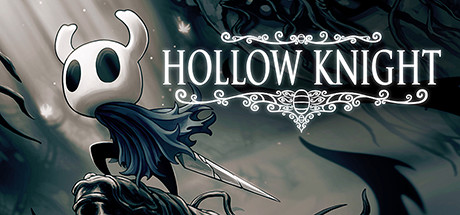
That’s where I came up with the echo idea. For me one of my most memorable gaming moments was in Life Is Strange: Chapter 3 (Life Is Strange is a story game with a focus on time travel and its consequences) in Chapter 3 the player needs to get into a locked teachers office, the way this is done is the player collects items to create and set off a “pipe bomb” to break the lock/door but in doing so it also sets of an alarm, to stop the alarm the player enters the office and rewinds time to before the bomb was set off allowing the office to be unlocked from inside and remaining undetected.
(The only video i could find that wasn't a full playthrough)
The echo mechanic in Re:Action also draws influence from the “ghosts” you can see/race against in games like Mario Kart and Forza which are just a replay of other peoples runs. I combined these two ideas to create the “echo” I then started to think that I could create some really interesting puzzles using this mechanic and that it would also be fun to use.
I initially was having a lot of trouble landing on a name I like so I decided to investigate games with time travel mechanics to hopefully get some inspiration. while I was investigating, I came across the PC game based on the anime Re:Zero and I really liked the “Re:” part so I brainstormed words that worked until I landed on Action which I fell in love with straight away.
Audience and competitive analysis:
Re:Action is designed for players who enjoy clever, focused gameplay built around a single, strong idea. The core mechanic recording and reusing your own movements as “echoes” hopefully naturally appeals to puzzle lovers, indie game fans, and anyone who enjoys that satisfying “aha!” moment when everything just clicks.
The main audience is likely players aged 16–35 who already enjoy minimalist puzzle platformers or mechanically inventive games. Think fans of Celeste, or Baba Is You games that do something different and trust the player to experiment and figure things out. Re:Action isn’t about flashy combat or twitch reflexes. It’s about smart problem-solving, timing, and creativity. That said, it’s not just for hardcore puzzle fans. Casual players could enjoy it too especially because it’s designed with short levels, quick restarts, and clear visual feedback. There’s no big penalty for failure, which helps keep things chill and encourages players to try new approaches rather than getting stuck or frustrated. That kind of accessibility is a big deal. Speedrunners and optimization fans will also hopefully get hooked as the echo system naturally encourages players to tweak and improve their strategies. It rewards curiosity and refinement, not just raw skill.
In terms of similar games, Re:Action fits into a niche between titles like Celeste and Hollow Knight. It draws inspiration from their smart level design and puzzles, but keeps things stripped back and focused. Unlike games that stack multiple abilities or ramp up difficulty quickly, Re:Action leans into simplicity pushing depth from a single mechanic rather than complexity from many systems. A big inspiration for the echo idea came from “ghost” replays in games like Mario Kart and Forza, where you race against a recording of a past run. I wanted to take that concept and actually turn it into a core gameplay mechanic something you work with, not just race against. And it also echoes that moment in Life Is Strange: Chapter 3 that stuck with me solving a problem by thinking about time in a different way.
That mix of puzzle logic, time manipulation, and creative replay makes Re:Action feel unique. It’s not trying to be the next epic Metroidvania it’s more of a pick-up-and-play brain teaser that sticks with you. A game that’s simple to understand, fun to use, and deeply satisfying when everything falls into place.
Game treatment:
In Re:Action, you are a nimble figure navigating a series of short, mind-bending levels. But you’re never alone. By recording your movements as “echoes,” you create past versions of yourself that move exactly as you did before opening doors, triggering switches, blocking hazards, or clearing the way ahead. Each challenge becomes a dance with time as you solve puzzles with yourself.
There are no enemies to fight. No boss battles. Just you, your echoes, and the question: “What if I do this... now?”
It’s about experimentation, creativity, and that deeply satisfying click when a solution finally comes together.
Key Features:
Echo Mechanic: Record a snippet of your movement and reuse it as a clone of your past self to interact with the environment in clever, puzzle-solving ways.
Time-Based Puzzles: Each level is a carefully designed challenge where timing, memory, and sequencing are everything.
Minimalist Design, Maximum Impact: A clean visual style and focused mechanics keep gameplay sharp and rewarding.
Forgiving Yet Clever: Quick restarts and smart level design encourage experimentation without punishing mistakes.
Compact, Addictive Levels: Short, standalone puzzles that are easy to pick up and play—but hard to put down.
Inspired by Greats, Designed to Stand Out: Drawing inspiration from Celeste, Braid, and Life is Strange, but cutting its own path with a singular mechanic and distinct identity.
Perfect for Tinkerers and Thinkers: Appeals to players who love to test, iterate, and optimize—not just solve, but perfect.
Replay Value Built-In: Levels are fun to revisit, encouraging players to try faster or smarter solutions with each attempt.
Concept art and inspirations:
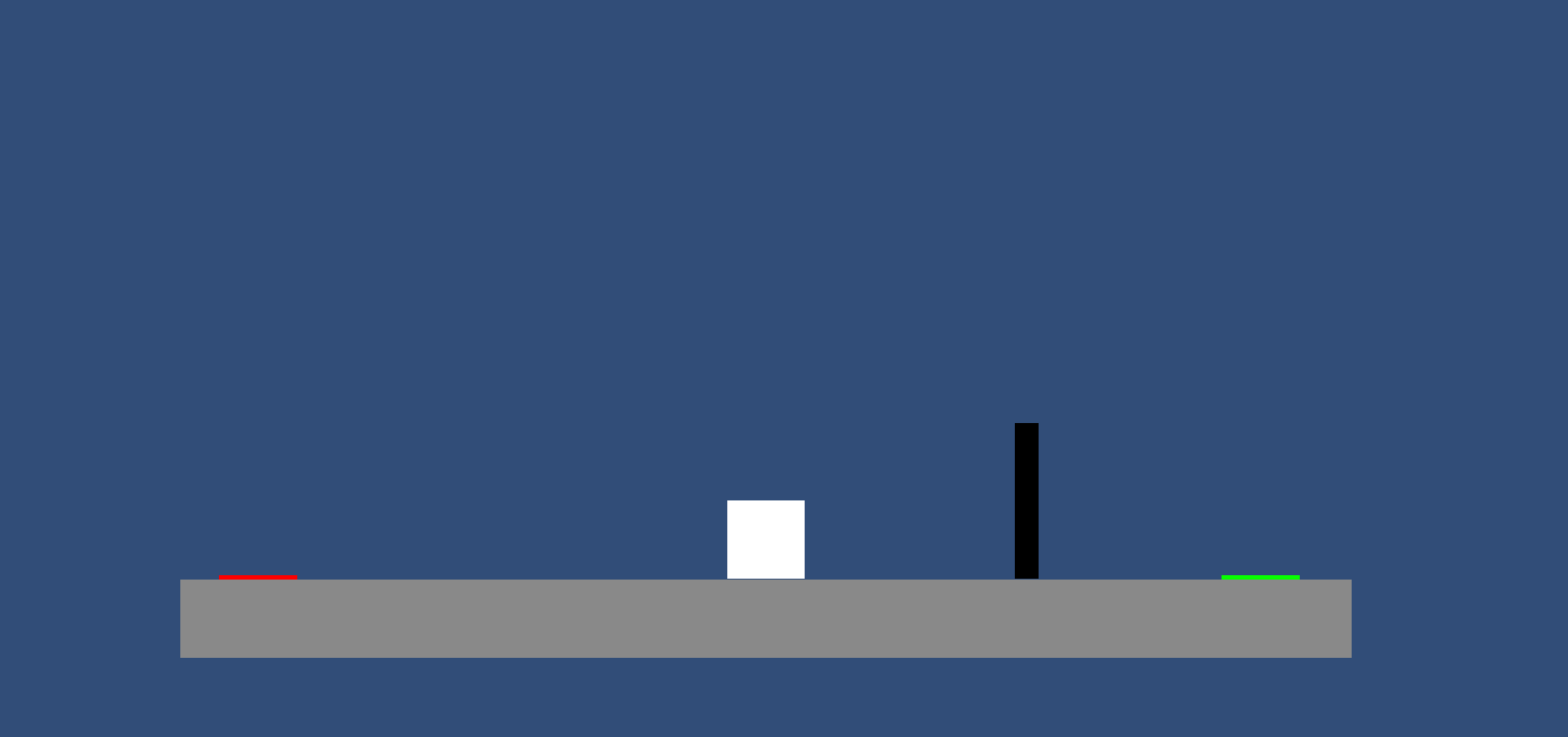
BOKURA was another cool 2 player platformer because you need to co-operate with your partner as you both see different parts of the puzzle.
References:
Life is Strange: Episode 3: https://store.steampowered.com/app/895491/Life_is_Strange_2__Episode_3/
Celest: https://store.steampowered.com/app/504230/Celeste/
Hollow Knight: https://store.steampowered.com/app/367520/Hollow_Knight/
Baba Is You: https://store.steampowered.com/app/736260/Baba_Is_You/
PICO PARK: https://picoparkgame.com/en/pp1/
BOKURA: https://store.steampowered.com/app/1801110/BOKURA/
Life Is Strange Episode 3 How To Stop ALARM PIPE BOMB Part Locations Principle's Office NiZZULiVΞ, https://www.youtube.com/watch?v=Q6baDu5cXm0
Grand turismo racing ghost: https://tvtropes.org/pmwiki/pmwiki.php/Main/RacingGhost
Get Re:Action
Re:Action
More posts
- DevLog #6 Testing Session Look backJun 01, 2025
- DevLog #5 User interface / polishJun 01, 2025
- QuickStart User GuideMay 29, 2025
- Concept differences, testing feedback and Asset listMay 29, 2025
- Game TestingMay 22, 2025
- Devlog #4 Presentation / GraphicsMay 18, 2025
- Devlog #3 Enemies / Interaction / PuzzlesMay 11, 2025
- Devlog #2 Basic Level BlockingMay 04, 2025
- Devlog #1 Player MovementMay 04, 2025
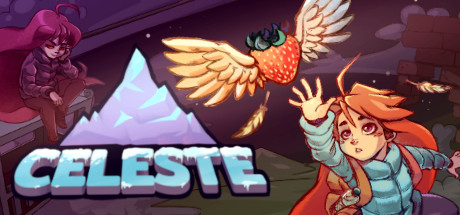
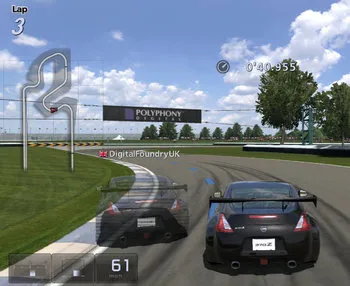
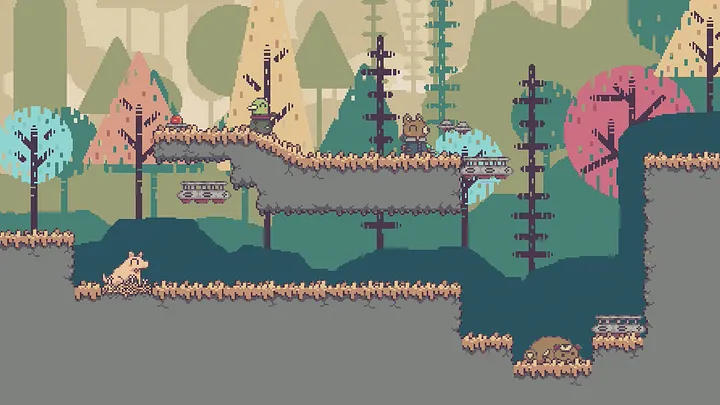
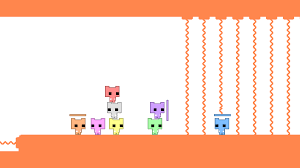
Comments
Log in with itch.io to leave a comment.
Overall an exciting idea, can't wait to see how it turns out! I was immediately worried about the technical side of this as there can be a few gotchas in trying to get the echo mechanic to work, but really happy to see you've prototyped up the idea. There still might be some problems particularly if you rely on physics (do you then record the movements of all effected objects? physics isn't quite deterministic in Unity), and there may be some paradoxes that you need to sort out where what you do with the current player is in conflict with the consequences of the echo (even a simple example is what happens if you are standing inside the door when the echo closes it by getting off the switch? this might be easy, but what may be hard is predicting all the possible paradoxes).
Other than that, well written and justified! Needed more details on what the puzzle/environment aspects actually will be and what the player looks like but great job.